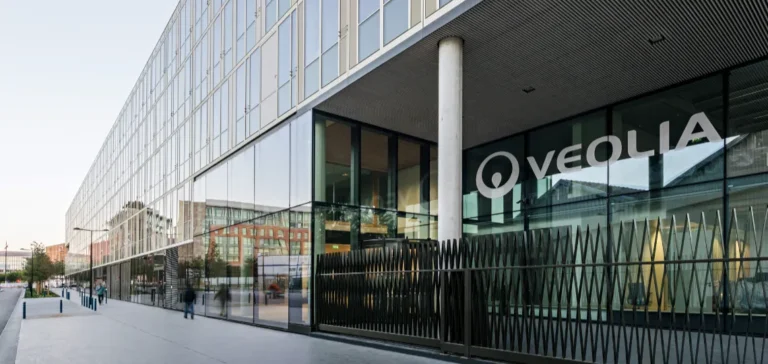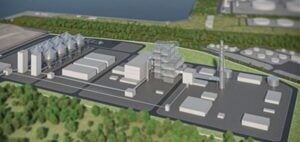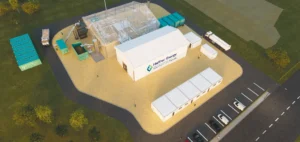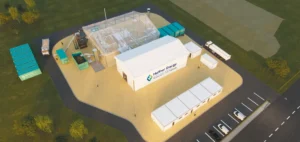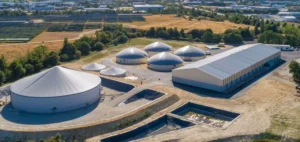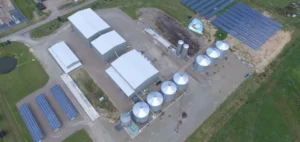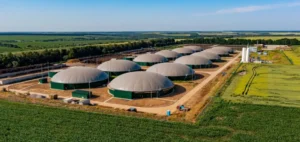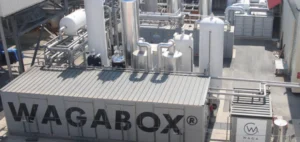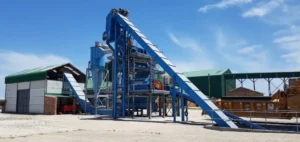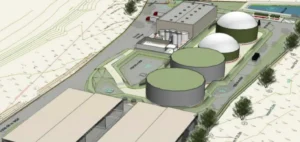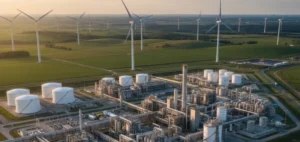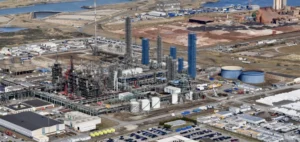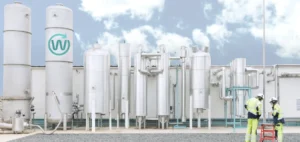French group Veolia has announced a strategic investment in the modernisation of the district heating network in Pozna, a city of 560,000 inhabitants. The project aims to eliminate coal entirely by 2030, replacing it with an energy mix based on biomethane, hydrogen and other local sources. A new cogeneration unit, already supplying 60% of the network, achieves 92% efficiency and allows for an immediate 25% reduction in CO2 emissions, up to 260,000 tonnes per year.
High-efficiency modernisation
This first phase relies on gas-based cogeneration technology that produces heat and electricity simultaneously. It is gradually replacing old coal-fired units while ensuring stable supply. Veolia anticipates that Pozna’s district heating system will become one of the most efficient in the country. The project also includes a digital optimisation component, integrating sensors, artificial intelligence and remote control systems to forecast demand and reduce losses.
Integration of recovered and renewable energy sources
The second phase, currently under development, aims to incorporate innovative heat sources such as residual energy from industry, wastewater and data centres. Veolia also plans to build geothermal heating plants, which could meet up to 20% of the city’s heating demand. The stated objective remains the total elimination of coal from Pozna’s energy mix by 2030, through the construction of a localised, flexible and decentralised system.
Support for the national electricity grid
The cogeneration unit also contributes to the stability of the national electricity grid, the Krajowy System Elektroenergetyczny (KSE), via a capacity contract. This operational flexibility, absent in traditional coal-fired plants, facilitates the integration of renewable energies, whose output is more variable. High-efficiency gas plants can respond quickly to demand peaks, strengthening supply security.
A replicable model for other Polish cities
According to Veolia’s management, the Pozna project represents a key milestone for energy transformation in Poland. It could serve as a model for the 500 district heating networks the company manages across Central and Eastern Europe. The company aims to replicate this model in other cities, taking into account local specificities and available resources. The gradual deployment of this approach will rely on localised infrastructure management.


